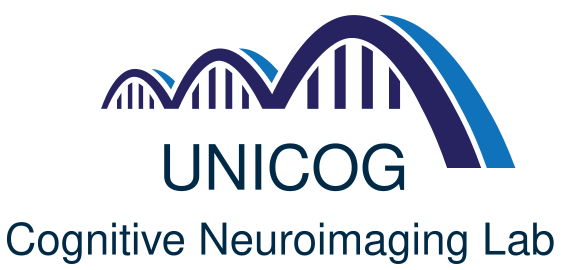“Implicit and explicit representations of time”
Understanding how the human brain processes time remains a significant puzzle in cognitive neuroscience. Timing is a fundamental cognitive process that transcends sensory modalities and plays a crucial role in integrating information across the senses. It is particularly relevant in audition, where the brain must make sense of complex sound signals extending in time.
My primary research agenda is to contribute to a better understanding of the cognitive and neural mechanisms underlying the orienting of attention in time during implicit timing, and its functional consequences for audition. I have demonstrated that temporal predictions are formed automatically, even from subtle temporal regularities in the sensory environment, and enhance the sensitivity of the auditory analysis. I have also contributed to a better understanding of the neural dynamics that implement temporal prediction, by showing that delta oscillations phase reset with temporal cues in aperiodic and periodic environments, and that endogenous delta oscillations can be characterized non-invasively with magnetoencephalography in humans.
Read more
An important question is whether the brain treats temporal information differently when producing implicit predictions of time intervals versus when explicitly estimating durations. My recent work suggests that there are qualitative differences between temporal representations for implicit and explicit timing, as behavioral markers diverge within individuals. Nevertheless, the underlying neural dynamics overlap partially. Another line of research I have contributed to is the storage of duration in working memory, where we have recently been able to provide evidence in line with an abstract code for duration in the form of items, akin to working memory for visual or auditory attributes.
In my current research, I aim to elucidate how humans form temporal predictions from the temporal statistics of the sensory environment using Bayesian modeling, and to deepen the study of the interplay between implicit temporal prediction and auditory processing.
In my future work, I propose an integrative neuroimaging approach to provide a comprehensive assessment of the distributed anatomical and precise temporal dynamics of temporal prediction for audition in humans. In summary, my work aims to contribute to a more mechanistic understanding of how the brain encodes and represents temporal intervals in various situations.

